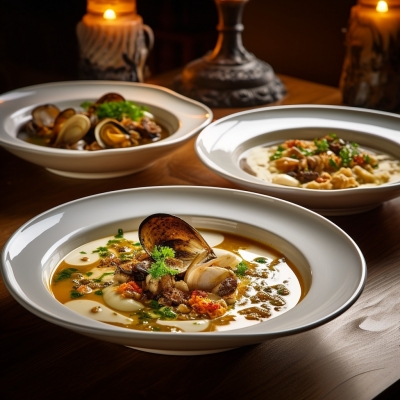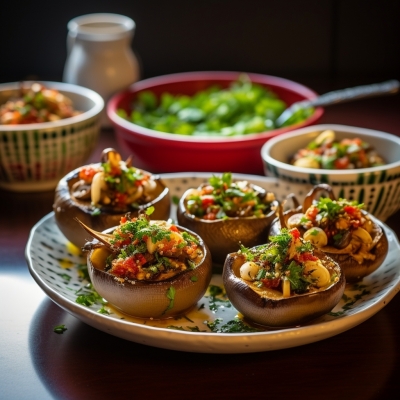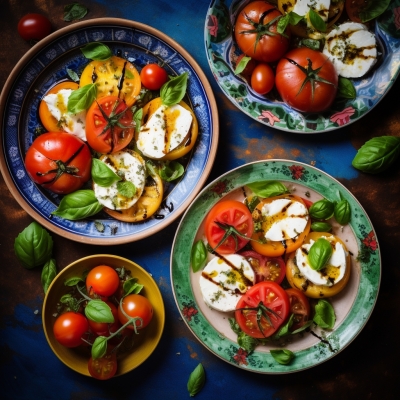A great set of knives is the most important investment a home cook can make. But with so many options, it''s easy to get overwhelmed. The truth is, you only need three or four key knives to accomplish almost any task in the kitchen. Here''s what you need to know.
1. The Chef''s Knife
This is your workhorse. An 8-inch chef''s knife is the perfect all-rounder for about 90% of your kitchen tasks, from chopping vegetables for a Pisto Manchego to slicing meat and mincing herbs. Look for a full-tang blade (where the metal runs the full length of the handle) for better balance and durability. If you can only afford one good knife, make it this one.

2. The Paring Knife
For smaller, more delicate tasks where a large chef''s knife is clumsy, the paring knife is indispensable. Its small, sharp blade gives you fine control for tasks like peeling fruits and vegetables, deveining shrimp, or mincing a single clove of garlic.

3. The Serrated Knife
A serrated knife acts like a saw, allowing it to cut through foods with hard exteriors and soft interiors without crushing them. It''s essential for slicing crusty bread, but it''s also the secret weapon for slicing ripe tomatoes and even leveling a cake. A good 10-inch serrated knife is a must-have.
A sharp knife is a safe knife. Most kitchen accidents happen when you have to apply too much pressure with a dull blade.
Knife Care & Maintenance
Investing in good knives is only half the battle; proper care is what makes them last a lifetime. There are two key components to knife care: honing and sharpening.
- Honing: This is what you do with the long steel rod. Honing doesn''t remove metal; it simply realigns the microscopic edge of the blade. You should hone your chef''s knife frequently, perhaps every 2-3 uses.
- Sharpening: This process actually grinds off a tiny amount of metal to create a new, sharp edge. Depending on your usage, you may only need to do this once or twice a year. This can be done with a whetstone or a professional service.
How to Clean and Store Your Knives
There are two cardinal rules of knife care:
- Never, ever put a good knife in the dishwasher. The high heat can damage the handle, and the jostling can dull or chip the blade.
- Always wash and dry them by hand immediately after use to prevent rust and corrosion.
- Store them properly. Tossing them in a drawer is a recipe for dull, chipped blades (and cut fingers). Use a magnetic strip on the wall, an in-drawer knife block, or a classic countertop block.

WRITTEN BY
Jane Doe
Jane is the founder and head of recipes at Just Hungry Everyday. With over a decade of experience in professional kitchens, she's passionate about making advanced culinary techniques accessible to home cooks.

